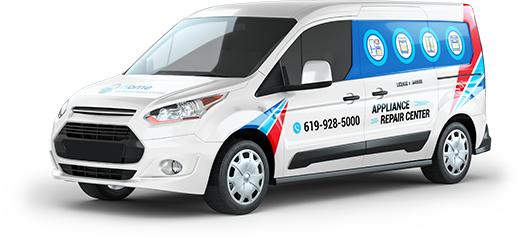The motor is the powerhouse of a washing machine, driving the various mechanical components responsible for the washing and spinning cycles. However, motors can encounter issues due to breakage, wear, or blockage, leading to disruptions in the washing process. Identifying and addressing motor problems promptly is crucial to ensure the continued efficiency and functionality of the washing machine. In this article, we will explore common motor problems in washing machines and provide practical solutions for diagnosing and resolving them.
Common Motor Problems
Breakage:
Motor breakage can occur due to various factors, including mechanical stress, electrical overload, or manufacturing defects. Symptoms of motor breakage may include a complete failure to start, unusual noises, or visible damage to the motor casing.
Solution:
If the motor fails to start or exhibits signs of damage, the first step is to disconnect the washing machine from the power source to prevent electric shock. Inspect the motor casing for visible signs of breakage, such as cracks, frayed wires, or loose connections. If the damage is extensive or irreparable, the motor may need to be replaced with a compatible replacement part. Consult with a professional technician or refer to the washing machine’s user manual for guidance on motor replacement procedures.
Wear:
Continuous use and age can lead to wear and tear on the motor components, including bearings, brushes, and shafts. Symptoms of motor wear may include increased noise during operation, reduced spinning efficiency, or intermittent start-up issues.
Solution:
To address motor wear, it is essential to perform regular maintenance and inspection of the motor components. Begin by lubricating the motor bearings and shafts with a suitable lubricant to reduce friction and prolong their lifespan. Inspect the motor brushes for signs of wear or damage, such as worn-down bristles or uneven contact with the commutator. If the brushes are worn beyond their serviceable limit, replace them with new ones to ensure proper electrical contact and motor performance.
Blockage:
Blockages in the motor can occur due to the accumulation of dirt, lint, or foreign objects, impeding the movement of motor components and affecting performance. Symptoms of motor blockage may include overheating, burning smells, or erratic motor operation.
Solution:
To address motor blockages, it is necessary to access the motor compartment and inspect for any obstructions or debris. Begin by disconnecting the washing machine from the power source and removing the rear or bottom access panel to gain access to the motor assembly. Carefully inspect the motor and surrounding components for signs of blockage, such as tangled wires, accumulated debris, or foreign objects lodged in the motor housing. Use compressed air or a vacuum cleaner to remove any debris or obstructions from the motor and surrounding areas. Once the blockage is cleared, reassemble the washing machine and test the motor operation to ensure proper functionality.
Preventive Measures
Regular Maintenance:
Performing regular maintenance on the washing machine, including cleaning, lubricating, and inspecting motor components, can help prevent motor problems and prolong its lifespan. Follow the manufacturer’s guidelines for maintenance intervals and procedures to ensure optimal performance and reliability.
Proper Loading:
Avoid overloading the washing machine with excessive laundry, as this can place undue stress on the motor and other mechanical components. Distribute the laundry evenly inside the drum to prevent imbalance and minimize wear on the motor bearings and shafts.
Electrical Protection:
Install surge protectors or voltage stabilizers to safeguard the washing machine from electrical surges or fluctuations, which can damage the motor and other sensitive components. Additionally, ensure that the washing machine is properly grounded to prevent electrical hazards and ensure safe operation.
The motor is a critical component of a washing machine, and problems such as breakage, wear, or blockage can disrupt its operation and affect washing performance. By understanding the common motor problems in washing machines and implementing appropriate solutions, homeowners can maintain the efficiency and reliability of their appliances. Regular maintenance, proper loading practices, and electrical protection measures are key to preventing motor problems and ensuring the longevity of washing machines. When in doubt, consult with a professional technician for diagnosis and repair of motor issues to avoid further damage and ensure safe operation of the washing machine.
If you’re having a problem with a home appliance, the best option is to contact us at HOME APPLIANCE SERVICE CENTER – the leading Repair Service Provider in San Diego. Our superior performance, accuracy, knowledge and experience make us the top choice for your repair needs. Plus, our friendly attitude and free maintenance consultation make us even more appealing. And, our after-service warranty is unbeatable. We’re open 24/7, including weekends and holidays, and in emergencies, an engineer will arrive at your door within 15 minutes of your call. So, don’t hesitate – give us a call, and HOME APPLIANCE SERVICE CENTER will solve any problem.
Contact us
 619-928-5000
619-928-5000  Request Service
Request Service 
